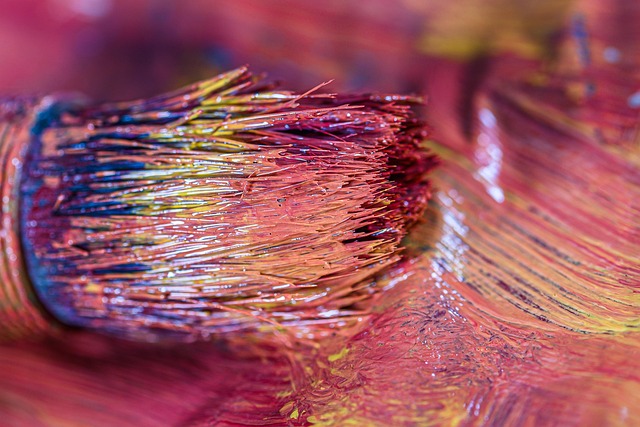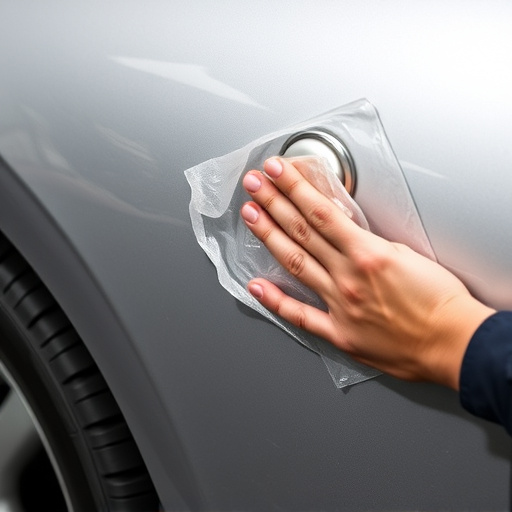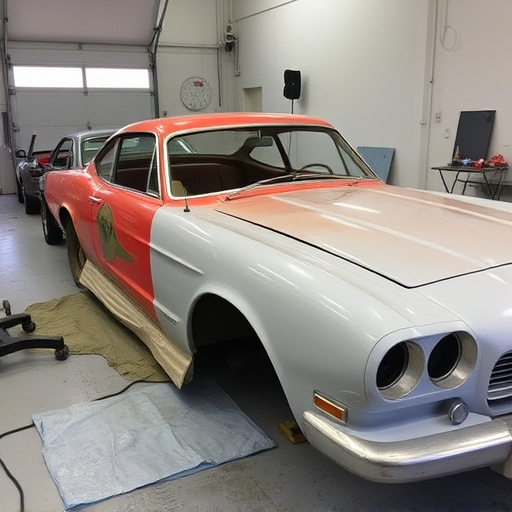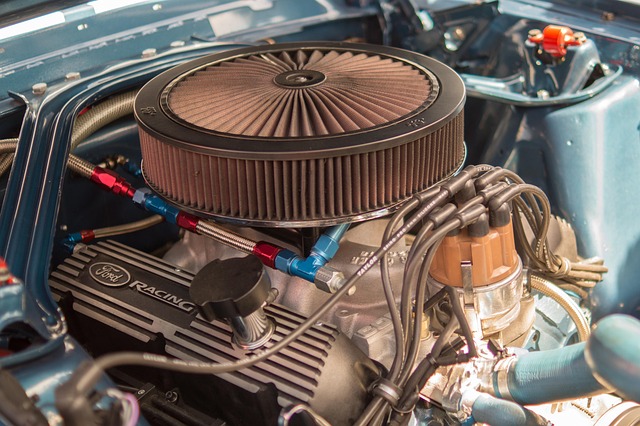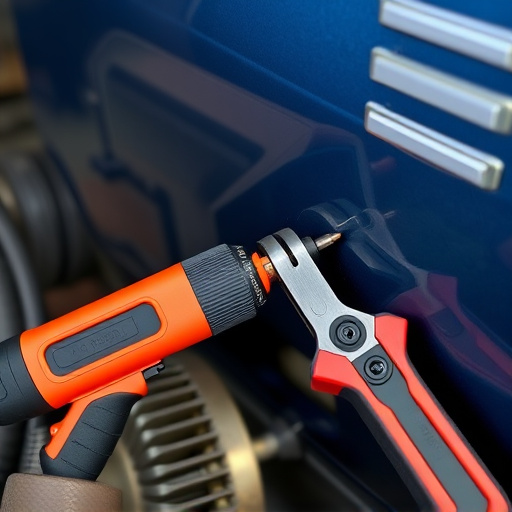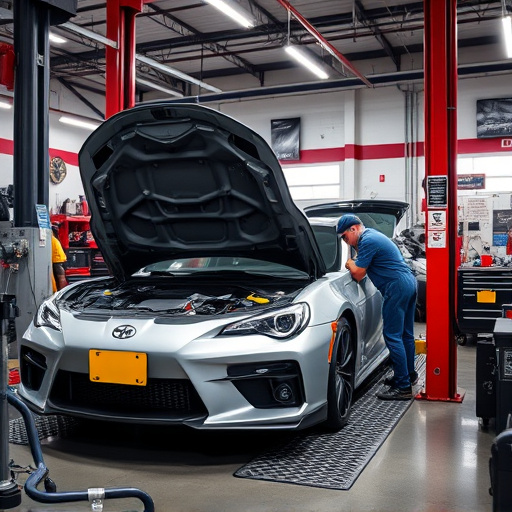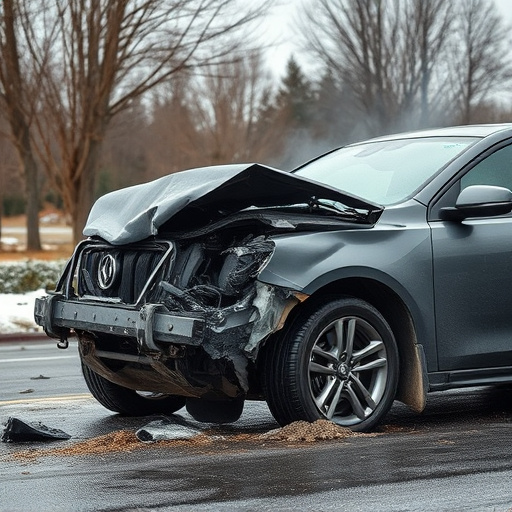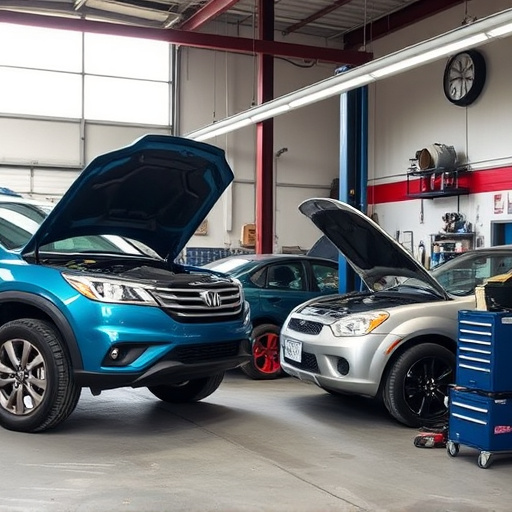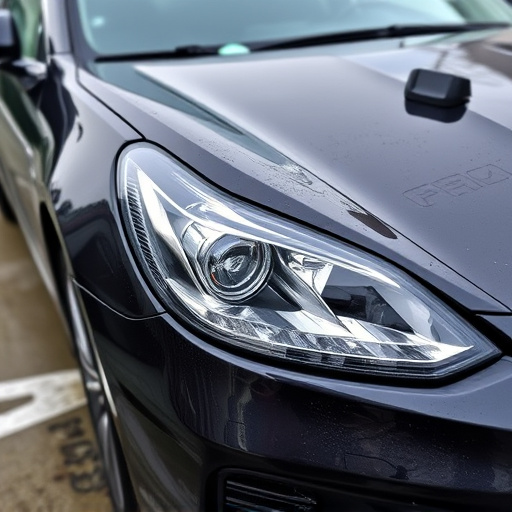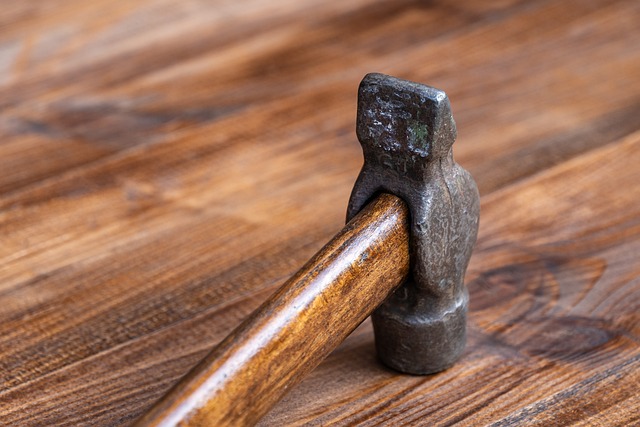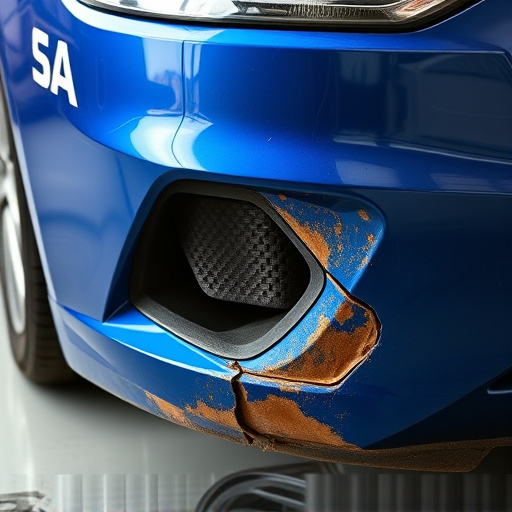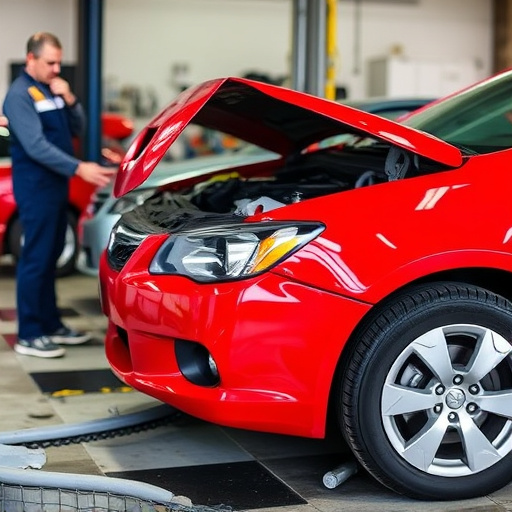Performance car body repair is a specialized art requiring unique tools like plasma cutters and materials such as high-quality putty and paints. With these, enthusiasts can transform cars, enhancing both speed and aesthetics. This guide introduces essential repair techniques from damage assessment to painting, empowering new fans to maintain their vehicles' integrity and beauty. Flawless finishes are achieved through meticulous sanding, cleaning, and priming, ensuring not only visual appeal but also structural soundness.
Looking to dive into the world of performance car body repair? This complete beginner’s guide is your roadmap. From understanding the unique demands of repairing high-performance vehicles to mastering essential tools and materials, we’ve got you covered. We’ll walk you through step-by-step guides for common repairs, offer tips on quality control, and share secrets for achieving professional final finishes. Get ready to transform your ride with expert knowledge in performance car body repair.
- Understanding Performance Car Body Repair: Essential Tools and Materials
- Step-by-Step Guide to Common Body Repairs for Performance Cars
- Tips for Quality Control and Final Finishes in Performance Car Body Repair
Understanding Performance Car Body Repair: Essential Tools and Materials
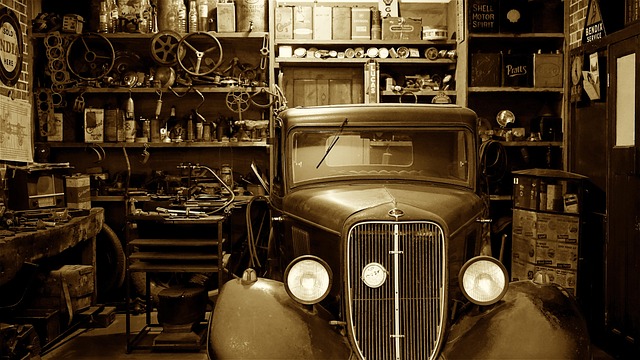
Performance car body repair is a specialized craft that involves restoring and refining high-performance vehicles to their optimal aesthetic and structural condition. Unlike standard auto body services, it demands a deep understanding of automotive engineering and advanced techniques. Before embarking on this journey, ensure you have the right tools and materials—the backbone of any successful restoration project.
The essential tools include specialized cutting equipment, such as plasma cutters, for precise metal manipulation, along with a comprehensive set of welding gear. For painting and finishing, an air compressor, sanders, and various brushes are indispensable. In terms of materials, high-quality body putty, primers, and paints tailored for performance cars are crucial. Additionally, car body restoration supplies like clamping kits, masking tapes, and surface cleaners will contribute to achieving a professional finish, ensuring your performance car stands out not just in speed but also in its meticulous restoration.
Step-by-Step Guide to Common Body Repairs for Performance Cars
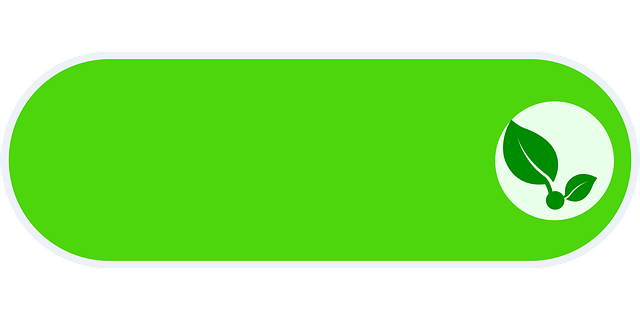
For many new enthusiasts delving into the world of performance cars, learning basic body repair skills is an essential step in their journey. Common repairs such as dent removal and panel replacement are crucial for maintaining the integrity and aesthetics of these high-performance vehicles. Here’s a straightforward guide to help you get started:
1. Assess the Damage: Begin by inspecting the damaged area closely. Identify the type and extent of the damage, be it a dent, a scrape, or a more significant panel bend. This step is vital as it determines the repair techniques and materials needed for each unique case.
2. Preparatory Steps: Before beginning any repair, ensure the car’s surface is clean and free from debris. Remove loose parts of the damaged panel if possible. Mask surrounding areas with tape to protect them from paint or other repair materials.
3. Dent Removal: For minor dents, use a dent puller tool to gently pry out the affected area. This technique requires precision but can effectively reverse small dents without leaving traces of damage.
4. Panel Replacement: If a panel is severely damaged or missing, replacement is necessary. Obtain a compatible aftermarket panel or repair/replace custom-made panels. Ensure proper alignment and fitment before securing the new panel with screws or adhesive.
5. Car Paint Repair: In cases where paint is chipped or faded, touch-up painting is required. Prepare the surface by sanding and cleaning, then apply matching paint using a small brush or spray gun for precision.
6. Auto Painting Techniques: For more extensive repairs or vehicle restoration projects, learning auto painting methods becomes crucial. This involves surface preparation, priming, and applying multiple coats of paint to achieve a seamless finish that matches the car’s original color perfectly.
Tips for Quality Control and Final Finishes in Performance Car Body Repair
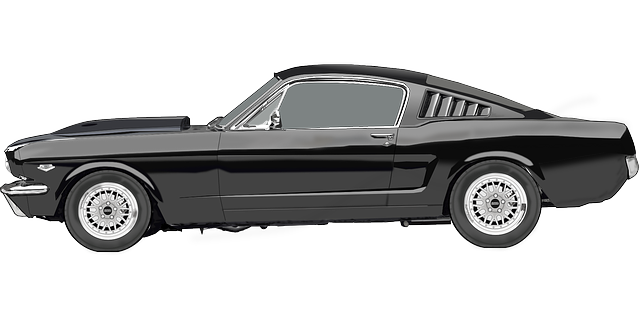
In performance car body repair, achieving quality control and meticulous final finishes are paramount to ensuring both aesthetic perfection and structural integrity. Before applying any finishing touches, inspect the repaired areas under various lights to detect any imperfections, such as sandpaper scratches or uneven primer application. This step is crucial for maintaining the high standards expected in performance car restoration.
Utilize fine-grit sandpaper to smooth out any remaining rough edges and ensure a seamless blend with the surrounding, unmodified body panels. After sanding, thoroughly clean the surface to remove dust and debris. Apply a coat of high-quality primer, allowing it to dry evenly. This process lays the foundation for optimal paint adhesion and creates a flawless base for final finishing touches, whether it’s a vibrant new color or a sleek, glossy clear coat. Remember, in performance car body repair, attention to detail at every step, from collision repair to auto body restoration, is what distinguishes exceptional work from the ordinary.
For any aspiring performance car enthusiast, mastering the art of body repair is a significant step towards crafting your dream ride. This comprehensive guide has equipped you with the knowledge and tools needed to tackle common performance car body repairs with confidence. From understanding essential materials to achieving flawless finishes, you now possess the foundation for successful DIY transformations or a solid starting point when collaborating with professionals. Remember, meticulous attention to detail and a commitment to quality control are key to achieving exceptional results in performance car body repair.
